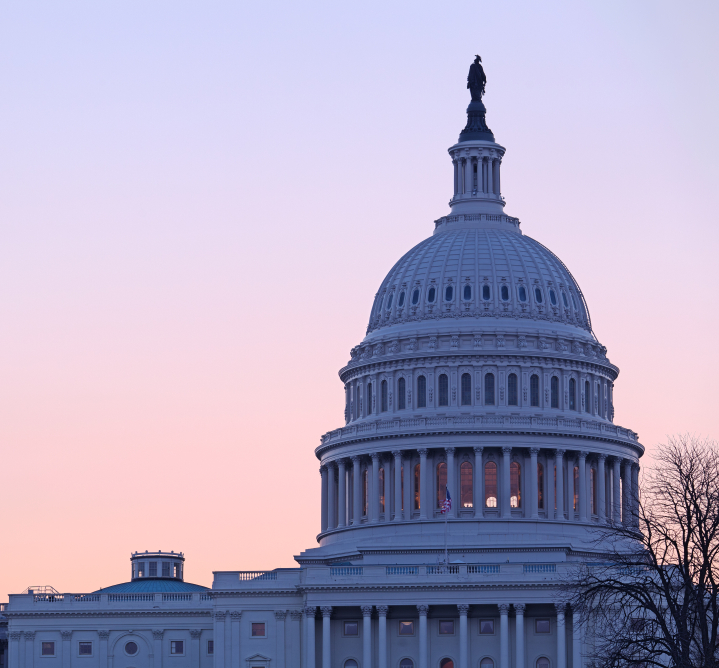
On Friday, September 30th the Internal Revenue Service (the “Service”) set forth administrative guidance indicating that it is extending the transition period during which taxpayers are required to adhere to the much more arduous and onerous R&D Tax Credit reporting requirements in connection to amending tax returns within open statute years for R&D Tax Credit claims for refund. This new transition period has now been extended through January 10th of 2024 in which taxpayers are afforded a full 45 days to perfect a R&D Tax Credit claim for refund with reporting deficiencies prior to the Service’s final determination on the claim.
It should be duly recalled under previous administrative authority issued by the Service in 2021 that went into effect earlier this year on January 10th of 2022 taxpayers filing a valid R&D Tax Credit claim for refund under I.R.C. § 41 must provide, at a minimum, five essential pieces of contemporaneous documentation including:










 Overview
Overview

















Recent Comments